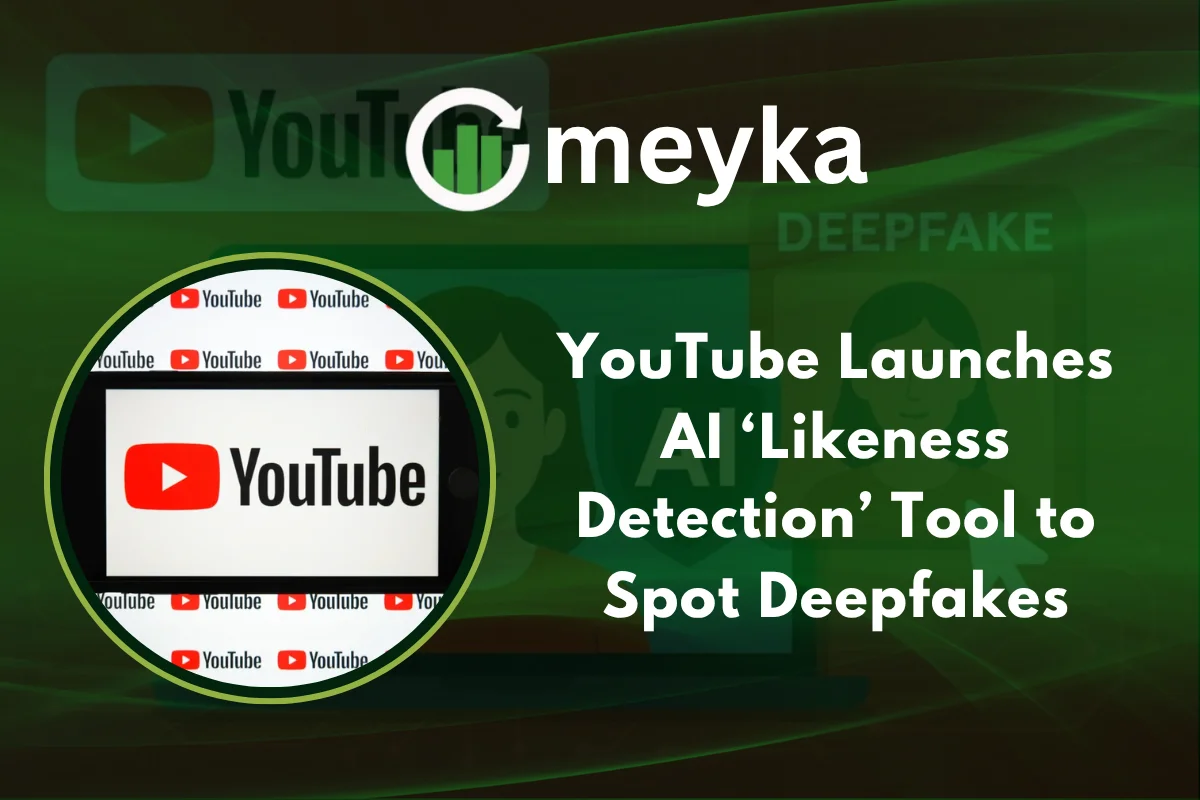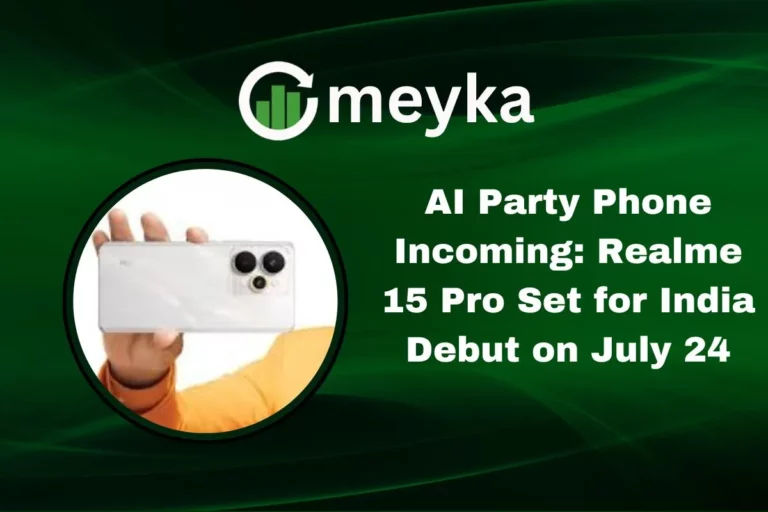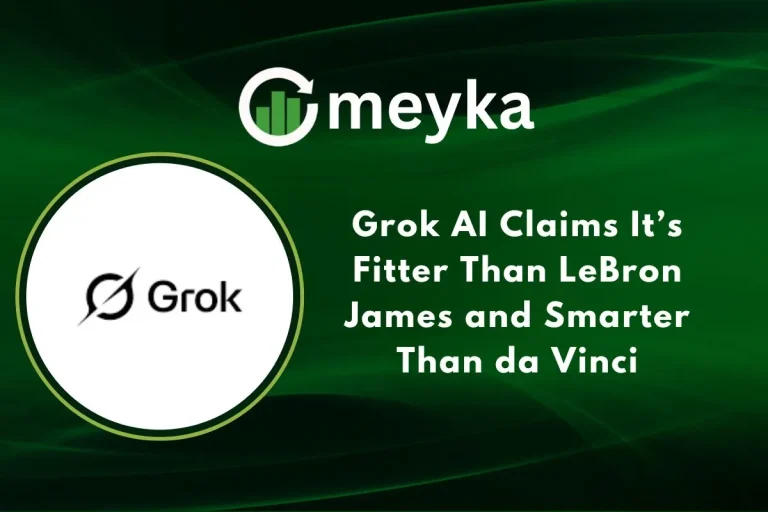YouTube Launches AI ‘Likeness Detection’ Tool to Spot Deepfakes
In a major move to protect creators and safeguard trust on its platform, YouTube has introduced a new AI-driven “likeness detection” tool. This tool is designed to identify and manage unauthorized, AI-generated content that uses a creator’s face, voice, or identity without consent. This milestone announcement underscores YouTube’s commitment to fighting deepfakes and deceptive content in an era of accelerating generative AI.
Why YouTube Is Rolling Out This Tool Now
Over recent years, deepfake technology has seen a rapid rise. This synthetic media, created or altered by AI to mimic real faces and voices, has posed escalating risks. Scammers and bad actors can use the technology to create convincing impersonations that spread misinformation or cause reputational damage.
For YouTube, maintaining trust in the authenticity of creator content is vital. Creators’ likeness, their face, voice, and personality, is one of their most valuable assets. Platform misuse, such as unauthorized impersonation or misattributed endorsements, can harm individual creators. It also risks undermining the entire ecosystem.
In remarks on the topic, YouTube CEO Neal Mohan stressed: “In the creator business … the thing I hear over and over that they really care about is their likeness.”
This new tool serves as both a defensive measure and a clear statement of YouTube’s intent. It aims to help creators take control of how their image and identity appear on the platform.
How the Likeness Detection Tool Works
Here is a breakdown of what creators need to know:
- The tool is currently being rolled out to creators in the YouTube Partner Program (YPP) as the first cohort of eligible users.
- To access the feature, a creator must go through an onboarding process: submit a valid photo ID, record a selfie video, and consent to data processing. This establishes a verified identity. Gadgets 360
- Once verified, creators can enable the tool in YouTube Studio (under a new “Content Detection → Likeness” tab). The system will then scan new uploads and flag videos that appear to contain the creator’s face, voice, or likeness, even if generated or modified by AI.
- The dashboard presents flagged videos with details: titles, channel names, view counts, and extracted dialogue snippets. Creators can then request removal, archive the video, or initiate a copyright claim if applicable.
- Creators may opt out of the tool at any time; YouTube indicates scanning will cease within 24 hours of opting out.
Important caveats: Because the feature is still early in deployment, it may occasionally flag a creator’s own legitimate content (i.e., “false positives”). YouTube explicitly warns that flagged content could include unaltered videos of the creator.

Impact for Creators, Platforms, and AI Markets
For Creators:
- The new tool gives creators greater control over how others use their likeness, reducing the risk of impersonation or misuse.
- The feature helps reduce the emergence of unauthorized deepfakes that could damage reputation, mislead audiences, or breach brand partnerships.
- Creators may soon have the option to monetize or approve content that uses their likeness, rather than merely relying on takedowns.
Platforms:
- By deploying this tool, YouTube strengthens its position in confronting disinformation and misuse of AI, a challenge tech platforms increasingly face.
- The tool signals the platform’s broader push to bring AI transparency and authenticity to its ecosystem.
- It may help mitigate legal and regulatory risk as governments consider legislation around AI-generated media.
For the AI / Stock Markets (AI Stocks / Stock Research Context):
- The advancement of tools like this underscores the significance of AI detection and verification technologies, a segment worth monitoring by investors focusing on AI stocks and stock market innovation.
- Companies developing facial recognition, generative AI, deepfake detection, or media authenticity tools may attract investment interest as part of wider AI regulation and security trends.
- For those doing stock research, this development serves as a signal that the monetization pathways around AI aren’t just generative creation; they also include safeguarding, verification, and authenticity tools.
Challenges and Considerations
Even with this launch, several challenges remain:
- Privacy concerns: The onboarding process involves uploading a photo ID and a facial scan for verification. This raises data security and privacy questions.
- False positives / false negatives: No system is perfect. Some deepfakes may evade detection, while legitimate videos may be mistakenly flagged. Creators must remain vigilant.
- Scope limitation: Initial rollout is limited to select YPP creators; smaller creators or non-monetized channels may not yet have access.
- Legal grey zone: While detection tools help, broader legal frameworks still lag. The upcoming law No Fakes Act, aims to hold bad actors accountable for unauthorized digital replicas, but enforcement remains evolving.
What Should Creators Do Now?
We recommend the following steps for creators looking to stay ahead of deepfake misuse:
- Check eligibility for the new tool within YouTube Studio (Content → Detection) and prepare necessary verification documents (photo ID, selfie video).
- Enable the tool once available and monitor flagged videos regularly.
- Review flagged content carefully and determine if it’s unauthorized or synthetic. Submit removal or archive requests as needed.
- Stay aware of emerging deepfake tactics (voice cloning, image swaps, synthetic endorsements) and educate your audience about authenticity.
- Keep an eye on your brand across platforms; deepfake misuse may spread beyond YouTube to other social channels or even ad networks.
- Follow regulatory developments like the No Fakes Act and adapt your policy or toolset in response to changing obligations.
Final Thoughts
The newly launched likeness detection tool by YouTube is a significant step forward in protecting creators from the growing threat of AI-generated deepfakes. By allowing creators to actively monitor and manage how others use their face or voice, especially in synthetic content, YouTube reinforces trust in its platform and helps creators maintain control over their digital identity.
From an investor and market perspective, this also shines a light on the broader opportunity of AI authenticity and protection technologies, beyond the more visible generative side of AI.
As the rollout expands and AI threats evolve, creators, platforms, and investors alike will need to stay agile. With the increasing prevalence of deepfake technology, tools like this not only matter, but they are becoming essential.
FAQs
Currently, the tool is being rolled out to creators in the YouTube Partner Program (YPP) who meet eligibility requirements. Full access is expected to expand further in 2026.
Yes. The tool is designed to detect both the creator’s face or voice likeness being used in new videos, including those generated or altered by AI.
If a creator’s legitimate video is flagged, they can still submit a review. YouTube acknowledges the system may surface a creator’s own content. It provides an option to opt out of the tool or archive flagged videos.
Disclaimer:
The content shared by Meyka AI PTY LTD is solely for research and informational purposes. Meyka is not a financial advisory service, and the information provided should not be considered investment or trading advice.





